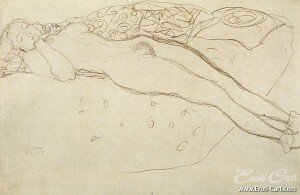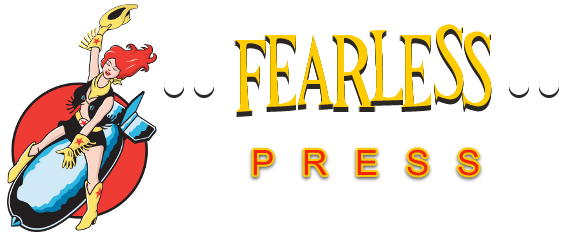 You probably know Gustav Klimt. Even if you don’t recognize his name, you’ve definitely seen his iconic painting, The Kiss. Klimt (1862—1918) was a Symbolist painter from Austria and his more famous work is often reproduced: on umbrellas, journals, and cards to your mother. Best known for shining use of gold leaf and mosaic effects, you may have dismissed him as an artist for the mainstream. However, I ask you to take a look behind the gilded curtain.
You probably know Gustav Klimt. Even if you don’t recognize his name, you’ve definitely seen his iconic painting, The Kiss. Klimt (1862—1918) was a Symbolist painter from Austria and his more famous work is often reproduced: on umbrellas, journals, and cards to your mother. Best known for shining use of gold leaf and mosaic effects, you may have dismissed him as an artist for the mainstream. However, I ask you to take a look behind the gilded curtain.
Yes, Klimt is best known for these paintings of landscapes and decadently displayed individuals. What you may not know is that he also created erotic drawings, many of which depict women masturbating. Some drawings have the subject partially dressed: a facedown woman stares at the artist with her skirt hiked up revealing a perfect ass. Others depict women in the throes of orgasm: a maiden has her hand between her legs and her mouth is agape with self-pleasure. Not only are these women posed in erotic scenarios, the movement of the line on the page is also sensuous. The drawings evoke sexuality through the fervent nature in which they were created and this is evident by the marks on the page. The breadth of movement, the simultaneously frenetic and controlled lines suggest an erotic tremor and a glorious moment.
Klimt’s paintings still allude to the erotic, but it is masked. Art historians speculate that he used these drawings for studies to make his more socially-acceptable paintings but that he found ways to hide the more erotic aspects.
Like other artists of the era, his drawings and sketches were not intended for exhibition. These pieces were most likely created for Klimt’s own enjoyment and study. Klimt was known for his sexual proclivities and was no stranger to women; it is said that he fathered fourteen children during his lifetime. A sensual painter throughout all his work, Klimt was quoted as saying, “All art is erotic.” Today, many of these drawings can be found in private collections and museums. The Neue Galerie in New York City has a number of these pieces.
It is interesting to think about lesser known sexual works of Klimt and other artists. These pieces are not often displayed, and yet, they were an important part of forming the artists that so many know. The sexual and erotic in art are often kept hidden from the museum visitor, but it is vital to seek these private moments out. Not just for our own pleasure (after all, what sexually honest person cannot appreciate a woman in ecstasy?), but also to form greater appreciation for the pieces we can easily access. I know I can better appreciate the span of Klimt’s work knowing that he devoted his personal sketchbook to the erotic.
This article was originally posted Oct 30, 2010

No Responses to “Hidden Erotic Drawings”